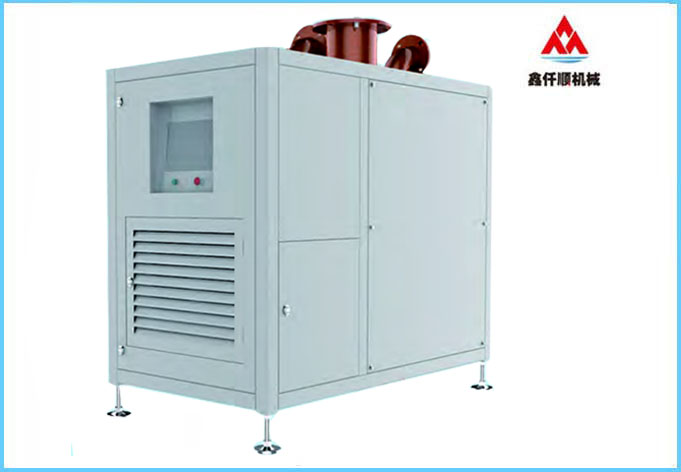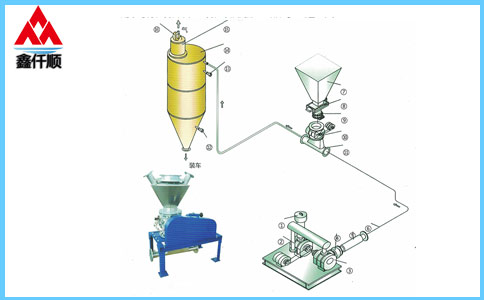Introduction to treatment methods for vibration, heating and abnormal noise caused by Roots blower fault
Source: Roots blower manufacturer
Published on: September 15, 2023
Hits:
Related information
-
How to repair the surface defects of Roots blower impeller? -
How to remove the bearing of Roots blower? -
What principles should be followed in the maintenance of three leaf roots blower? -
How to handle the wrong lubricating oil for Roots blower? -
Performance characteristics and maintenance of Roots blower for aquaculture -
How to select appropriate Roots blower aerator for aeration in aquaculture? -
What principles should be followed in the maintenance of three leaf roots blower? -
Notes on installation of safety valve of three blade roots blower -
What are the reasons for the tripping of Roots blower frequency converter? -
Introduction to the Main Causes of Abrasion of Three blade Roots Blower Impeller
Xinqianshun's latest products
Random articles
-
What should be paid attention to in the daily maintenance standard of Roots blower? -
How to improve the pressure resistance of roots blower and adjust the pressure of roots blower? -
A good way to completely solve the oil leakage of Roots blower _ Roots blower -
Principles and operating procedures of Roots blower (compressor): -
What are the advantages of air suspension blower? -
Basic requirements for piping installation of Roots blower -
Introduction to inlet air temperature of Roots blower -
How to do the unpacking work of Roots blower well and how to operate the Roots blower normally with load -
Solutions for large back pressure of Roots blower -
Detailed explanation of installation and commissioning steps of Roots blower:
Latest news articles
-
How to repair the surface defects of Roots blower impeller? -
How to remove the bearing of Roots blower? -
What principles should be followed in the maintenance of three leaf roots blower? -
How to handle the wrong lubricating oil for Roots blower? -
Performance characteristics and maintenance of Roots blower for aquaculture -
How to select appropriate Roots blower aerator for aeration in aquaculture? -
What principles should be followed in the maintenance of three leaf roots blower? -
Notes on installation of safety valve of three blade roots blower -
What are the reasons for the tripping of Roots blower frequency converter? -
Introduction to the Main Causes of Abrasion of Three blade Roots Blower Impeller








